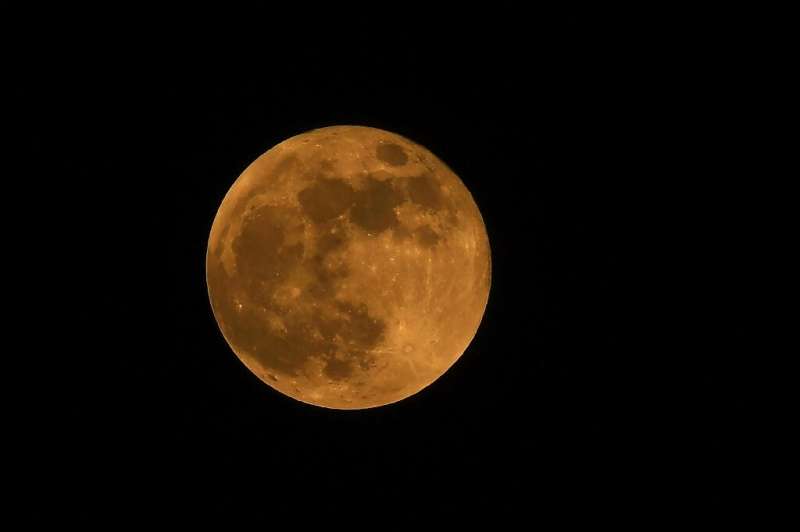The rover will be tasked with exploring a polar region of the Moon and carrying out scientific work, as well as taking images and collecting data on the surface.
In the meantime, a Canadian astronaut is set to take part in a lunar mission for the first time in 2023, as part of the NASA-led Artemis project, it was announced in December.
The mission, Artemis II, will see a crewed test flight sent into orbit but will not involve an actual landing on the Moon, according to the US space agency.
The following year, Artemis III aims to land astronauts, including the first woman, on the Moon. This will be the first landing since Apollo 17 in 1972.
Ottawa has invested Can$36.5 million (US$30 million) over the past year to advance lunar and space technologies including micro-rovers, and to build a third-generation robotic arm dubbed Canadarm3. Its predecessors were deployed on space shuttles and the International Space Station to stickhandle payloads.
A total of Can$2 billion has been earmarked for the Canadian space program over the next two decades.
The global space market, the government said, is expected to triple to Can$1.1 trillion. Canada currently has a 1.3 percent share of this market.
In a sign of the industry's global growth, an unmanned rover from the United Arab Emirates, a hitherto space minnow, will be transported to the Moon next year, lunar exploration firm iSpace announced in April.
Explore further
© 2021 AFP

